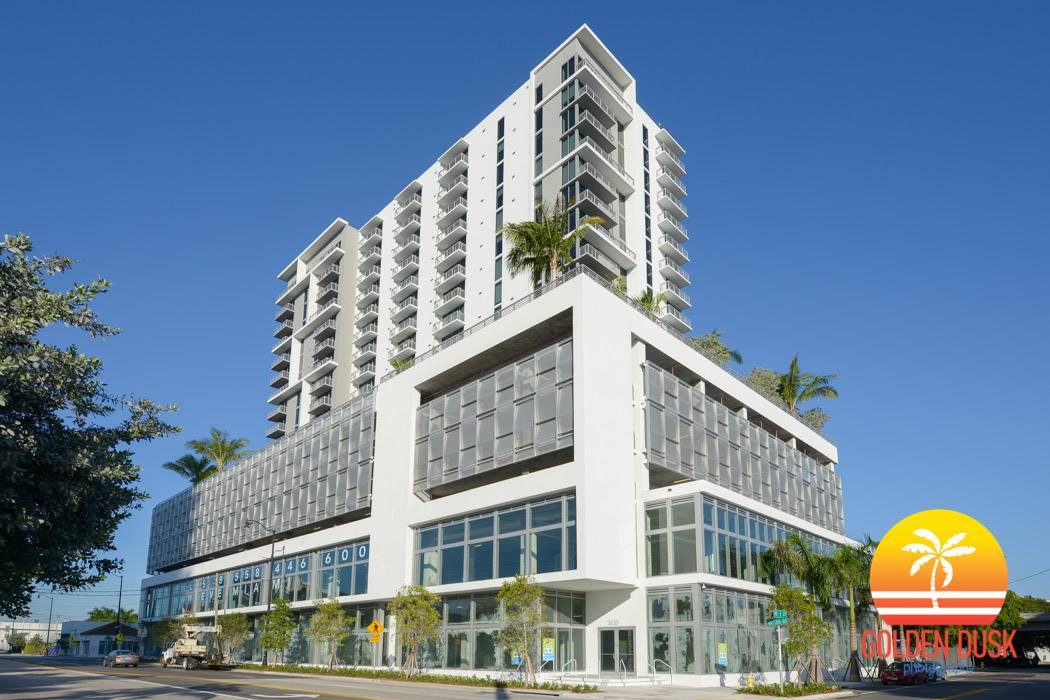
Going green with your home or office space carries the weight. The green concept focuses primarily on the sustainability of an entire built environment which is efficiently managed from the start of a construction to its finish to improve the living condition of building occupants. Certified by LEED, USGBC and WELL upon a rigorous check for conformity to set minimum standards, an eco-friendly structure constructed with the improvement of occupant productivity and performance in mind possesses certain attribute. Such attributes distinguishes it from a normal construction. Such attributes are applied to the entire lifecycle- site selection, renovation and remodelling to demolition. If you want to go really green when selecting an office or workspace, buying or renting a home, keep in mind the following features:
Sustainable Location
The the concept of eco-friendliness of construction capitalizes on the importance of location as well as the surroundings. A truly green construction is set up in an environment which supports the concept. That is why site selection constitute the primary aspect of the program. A viable site for the cause is capable of supporting the built environment and conserving nature. For the most part, WELL Building Standard Contractors and other engineers alike prefer selecting sites of underutilized land pieces with the presence of basic infrastructure, road accessibility and reduced biohazard kept in mind for the fact that sustainability is performance based. Proximity to a good transportation network makes another feature of sustainable location.
Locally Sourced Materials
The sustainability of materials hinges mainly on their sources as well as maker. About 88 to 90 percent of materials used for green constructions are sourced locally. They are extracted and processed, and made locally in factories not more 500 miles away from a green building location. The criteria for sustainability also capitalizes on recycling and reuse of materials. At least 10 percent of materials used for green building are recycled from landfills and junkyards.
Water Preservation
Effective water preservation and reclaiming strategies are implemented for a green building to reduce the usage of water by at least 80 to 85 percents. Good irrigation systems are constructed to support the preservation of natural water. Materials for interior water system used for toilets, kitchens, showers and bathrooms are selected and installed with conservation of water in mind. The water reclaiming system is implemented along with the stormwater treatment and management system.
Energy Conservation
Construction, renovation and demolition or better yet, the entire lifecycle of a green building is characterized by energy conservation practices. Compared to normal building, a sustainable building is constructed to reduce energy consumption by at least 29%. Much of that can be attributed to the natural daylighting system implemented for interior to use more of natural energy. All appliances are linked to a control unit which automatically shuts down appliances like the HVAC cooling and heating system when there is substantial light energy available for use. Windows are built to compensate for HVAC to reduce its use and cut back on energy consumption.
















